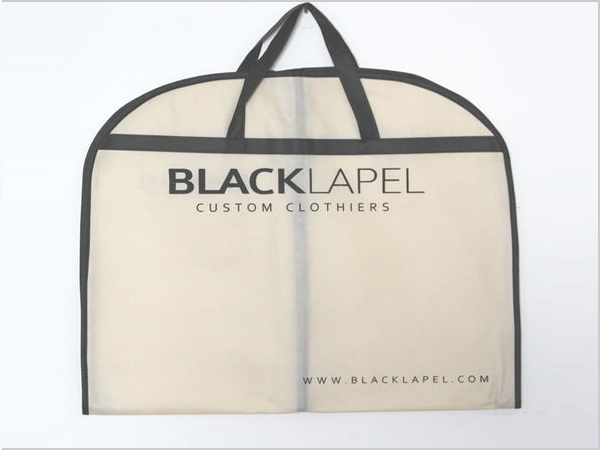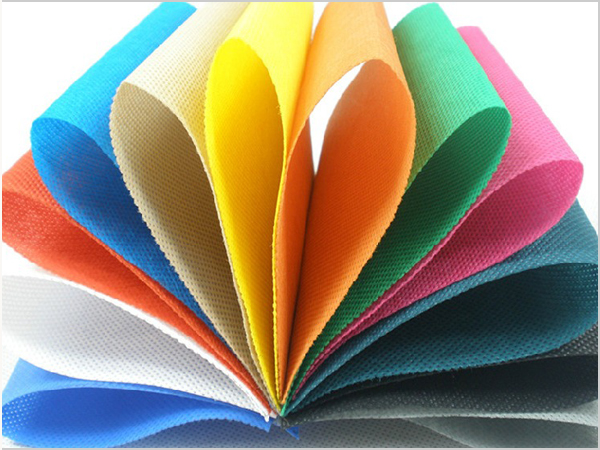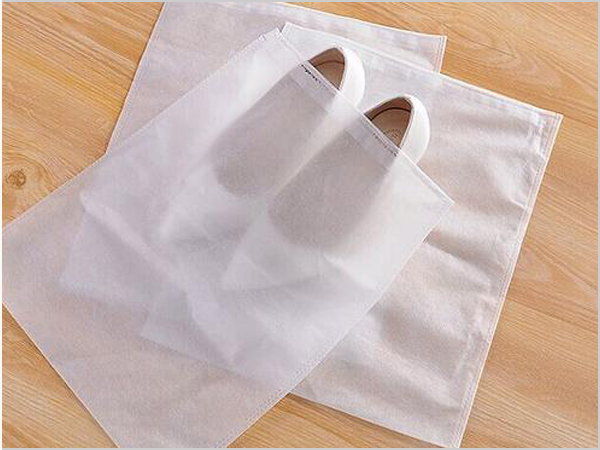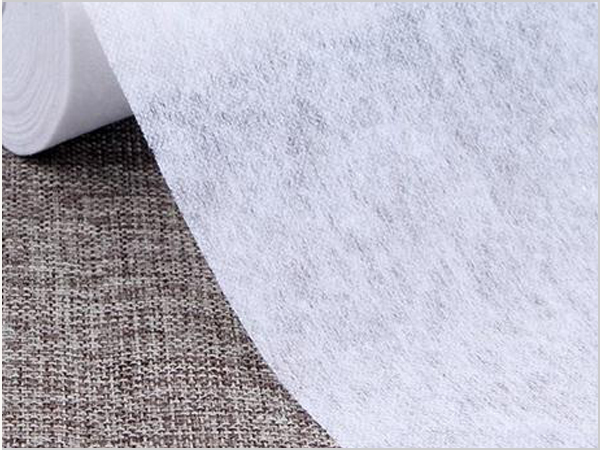- Why can spunbond nonwoven fabric dominate the market?
- Foreign trade exports are moving forward under pressure, with both resilience and challenges coexisting
- Explore the environmental protection characteristics and application fields of PP non-woven fabric
- The rise of the Latin American market is expected to become a new growth pole for China's textile foreign trade
- The production process of spunbond nonwoven fabric determines its unique characteristics!

- Telephone: 0551- 66779966
- Cellphone: 18955130444
- Email: 58792982@qq.com
- Address: Building 1-2, East of Wubu Village Section, Hehuai Road, Wushan Town, Changfeng County, Hefei City, Anhui Province
In July, new cotton production is expected to be strong, domestic cotton prices to maintain an upward trend, but the textile industry is still in the off-season, demand is weak, yarn sales are still cold, some small and medium-sized enterprises due to increased losses, inventory increase shutdown phenomenon. At the same time, with the announcement of the policy of increasing the supply of reserve cotton wheels and sliding tax quotas, enterprises are waiting and waiting, and the willingness to purchase raw materials has declined. According to the China cotton early warning system survey of more than 90 designated textile enterprises across the country, textile production continued to fall this month, and raw material inventories declined.
The characteristics of the textile market off-season deepened this month, the overall orders of large and medium-sized enterprises in half a month to a month, production is relatively normal, small and medium-sized enterprises have fewer orders, increased losses, increased inventory, some downtime, the overall cotton consumption and textile production declined. This month's output fell 2.1% compared with the previous month, still 4.6% higher than the same period last year, of which: pure cotton yarn accounted for 53.4%, down 0.5 percentage points from the previous month; Blended yarn and chemical fiber yarn accounted for 46.6%, up 0.5 percentage points from the previous month. Cloth production decreased by 2.5% month on month, up 2.8% year on year, of which: pure cotton cloth accounted for a decline of 0.4 percentage points compared with the previous month; Yarn sales rate was 69%, down 1 percentage point from the previous month. The current yarn inventory of textile enterprises is 23.22 days, an increase of 1.24 days from the previous month; Grey fabric inventory 39.03 days, an increase of 0.16 days from the previous month.
The price of cotton yarn rose this month, the average price of 32 pure cotton yarn in July was 23,976 yuan/ton, up 59 yuan from last month, an increase of 0.25%, down 2509 yuan from the same period last year, a drop of 9.47%; The average price of imported 32 pure cotton yarn in July was 24,141 yuan/ton, up 42 yuan from the previous month, up 0.17%, and down 3200 yuan from the same period last year, down 11.7%.
Since July, some textile enterprises with low cotton stocks are still replenishment for production needs, and most downstream textile enterprises have insufficient acceptance of high cotton prices, and wait for the reserve cotton round, and raw material stocks have declined slightly. As of July 31, the inventory of textile enterprises in the cotton industry was 768,500 tons, a decrease of 53,700 tons from the previous month, and an increase of 190,400 tons year-on-year. Among them: 39% of enterprises reduce cotton inventory, 16% increase inventory, 45% basically unchanged.
The proportion of Xinjiang cotton used by textile enterprises decreased, the proportion of local cotton increased, and the proportion of imported cotton increased:
1. The use of Xinjiang cotton by textile enterprises accounted for 85.12% of the total cotton consumption, down 0.85 percentage points from the previous month and 2.65 percentage points from the same period last year, of which: the proportion of Xinjiang cotton in reserve was 3.2%, and the proportion of Xinjiang cotton in 2022/23 was 82.6%.
2. The proportion of cotton produced by textile enterprises using land was 4.24%, an increase of 0.17 percentage points over the previous month. Among them: the proportion of cotton produced from reserve land is 2.8%, and the proportion of cotton produced from land in 2022/23 is 84.9%.
3, the proportion of imported cotton used by textile enterprises was 10.64%, an increase of 0.68 percentage points from the previous month, an increase of 1.94 percentage points year-on-year.
- Why can spunbond nonwoven fabric dominate the market?
- Foreign trade exports are moving forward under pressure, with both resilience and challeng
- Explore the environmental protection characteristics and application fields of PP non-wove
- The rise of the Latin American market is expected to become a new growth pole for China's
- The production process of spunbond nonwoven fabric determines its unique characteristics!
- The global trade landscape is undergoing significant changes in 2025
- The 11th China International Silk Conference was held in Shengze
- What are the core advantages of spunbond nonwoven fabric?
- What are the magical aspects of the manufacturing process of spunbond nonwoven fabric?
- The textile industry is enjoying dual policy benefits



